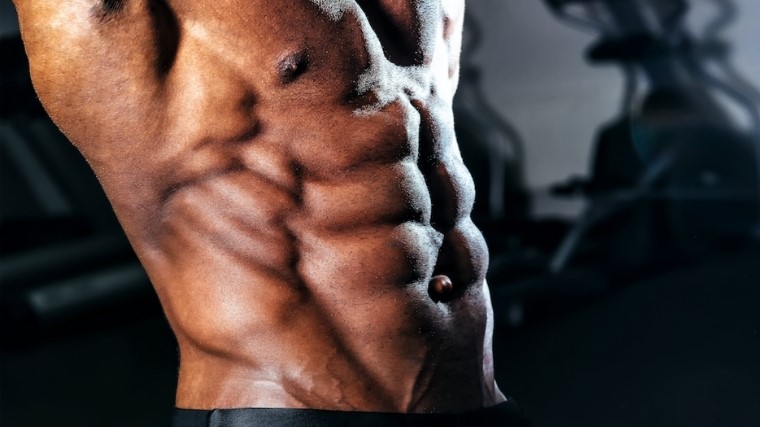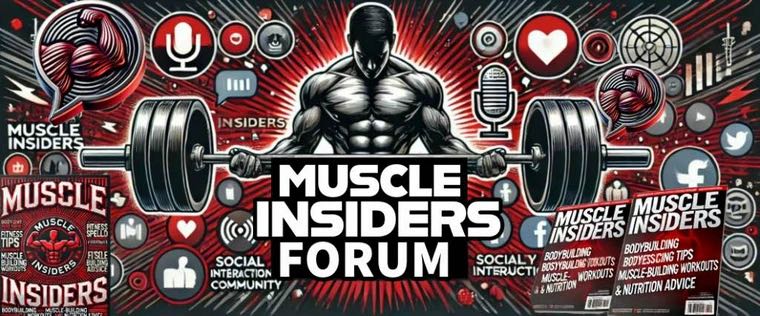
The rectus abdominus, or "six-pack" muscle, receives all the attention, and for good reason. The focus is on your six-pack when your nutrition is on point and you are powerful and lean. However, the two oblique muscles, which are on either side of your rectus abs and are trained with side planks and Pallof pushes, are either completely ignored or treated as an afterthought.
The obliques, sometimes known as the "love handle" muscles, are popular for their attractive appearance as well as their significant advantages for your health and performance. The structure and function of the oblique muscles, the advantages of training them, and 3 covert strength exercises that will improve this crucial muscle are all covered in this article.
ANATOMY AND FUNCTION OF OBLIQUE MUSCULES
The internal and external obliques are the two primary muscles that make up the oblique muscles. They extend from the hips to the rib cage and are located next to your six-pack muscles. The Linea alba, pubic tubercle, and anterior half of the iliac crest are inserted around the pelvis by the external oblique, which originates from the external surfaces of ribs 5 to 12.
The muscle fibers of the internal and external obliques are parallel to one another and run straight underneath each other. Internal obliques attach to the Linea alba, Pectineal Line of Pubis, and ribs 10–12 after emerging from the Inguinal Ligament, Iliac Crest, and Lumbodorsal (back) fascia.
Both bilaterally and unilaterally, the internal and external oblique have a purpose. Consider the obliques as a single muscle for our purposes.
The three main jobs of the oblique muscles are:
· Lateral flexion
· Rotation
· Spinal Flexion
When you take a deep breath in and tense your core area before deadlifting or squatting, they help create intra-abdominal pressure. Your spine is braced in order to shield it from the compressive and shear loads the barbell will put on it. You can manage the larger load with a lower chance of harm if you do this.
However, your lower back is protected against rotation by the obliques, a technique known as anti-rotation.
BENEFITS OF TRAINING OBLIQUES
Although having trim love handles is fantastic, paying attention to your oblique muscles has some significant advantages.
Helps Reduce Lower Back Pain
If you're serious about lifting, you should be taking all possible precautions to lessen the likelihood of developing low back pain. Because they are affixed to the spine, the obliques' length and strength help relieve strain on your vertebrae, discs, and other nearby muscles, lowering your risk of developing a sore back.
Improved Posture
Good posture is influenced by the majority of the muscles that link to the spine. Hip flexors and erector spinae muscles must step in to support the spine if your obliques and other core muscles aren't strong enough to do so. Poor posture and a posterior pelvic tilt may follow from this. It would be better to correct this via obliques exercises and sitting up straighter.
Better Balance & Stability
Weak obliques may be the cause of excessive side-to-side wobbling as you walk, lean over, or stand. The obliques play a role in anti-lateral flexion since lateral flexion is one of the oblique muscles' tasks. Your balance and stability will improve as a result of having stronger obliques, which will also make you more stable on your feet.
Improved Core Strength
The primary function of the core is to limit mobility so that there are no "energy leaks" from the midsection when you transition force from your lower to your upper body. Because strong obliques inhibit lateral flexion and rotation, you can run faster, lift heavier, and throw the ball hard and quickly without risking injury.
3 OBLIQUE STRENGTH TRAINING EXERCISES
Although Pallof presses and side planks are excellent oblique exercises, try these three when you want to build strength and muscle but don't have time for direct core training.
BIRDDOG ROW
While maintaining the Birddog position on the bench might help you build core strength by reducing your stability, starting to row from that position is when the real oblique magic begins. Your obliques aid in preventing lateral flexion and anti-rotation, which prevents you from falling off the bench. Any form slip will lead you to lose your balance since you get immediate feedback when you row from an unsteady position. Additionally, it is an isometric Birddog, which is excellent for the core and lower back.
Targets: Obliques, glutes, hamstrings, forearms, biceps, forearm, and upper and lower back.
Execution: Don't do this if you can't perform a bird dog confidently. Start off with between 50 and 60 percent of the weight you typically use for single-arm rows. Place your hands, knees, and right leg behind you on the bench. Perform a row by grabbing the weight with your left hand and bringing it up to your front hip. Repeat by lowering yourself gradually. With three to four sets of eight to 12 repetitions per side, substitute this exercise for your standard single-arm rowing variant.
CHAOS SUITCASE CARRY
Because you must practice anti-rotation and lateral flexion to maintain proper posture and gait, all offset carries work the oblique muscles. This is elevated to a new level with the band. Your obliques must work harder to avoid lateral flexion because to the oscillating resistance of the band, which also works the body's smaller stabilizers (shoulder, core, and hips) and enhances proprioception.
Targets: Obliques, glutes, shoulders, upper back, and forearms.
Execution: Put a thick band around a kettlebell to perform. When the band is held close to the KB, this exercise is simple; but, when it is held farther away, it becomes more difficult. Take a tight grasp of the band and walk straight while keeping your shoulders back and your chest raised. Change sides once more after that. For each side, try three sets of 40–50 yards.
SIDE TO SIDE LANDMINE PRESS
When you wish to load more aggressively, the side-to-side landmine push is a fantastic choice. You can train the chest, shoulders, and triceps harder and heavier than with other landmine press variations because you're holding the barbell with two hands. However, the pressing and lowering motions from shoulder to shoulder also train anti-lateral flexion and rotation, making this a covert workout for the obliques. After this exercise, you'll feel pain in more than just your arms.
Targets: Obliques, chest, shoulders, triceps, and forearms.
Execution: Get your feet further apart than hip-width apart and place the barbell's end a few inches from your right shoulder with both hands. Press the barbell to your body's center while keeping your shoulders back and your chest high. Then, gradually lower it to your left shoulder. As you progressively descend to the right shoulder, press to the middle. Alternate sides for even reps. Replace your typical shoulder press variation with this one for three to four sets of 12 to 16 repetitions.
